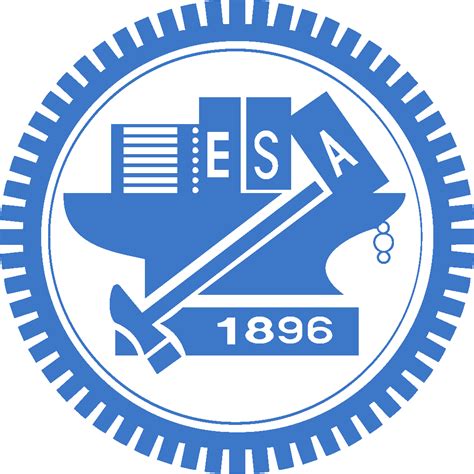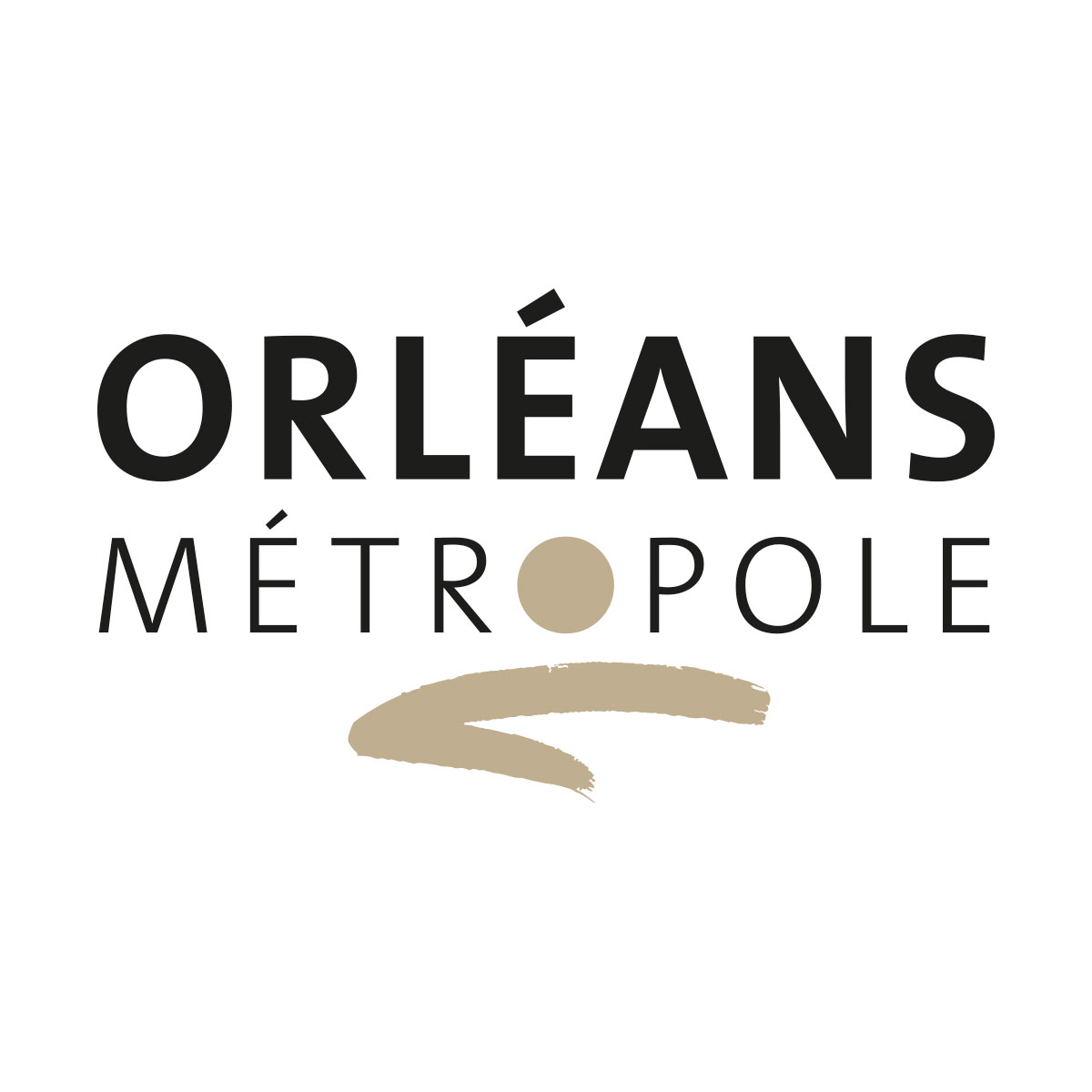My work experiences
If you want to see my academic career you can click here.
Summary :
- CEA list
- Internship in the team SHAMAN of the IRISA 2019-2020
- Internship at the NCTU 2019-2019
- Internship at Orléans Métropole 2018-2018
CEA list

General informations
- Date : November 2020 - Now
- Company : CEA
- Location : Paris, France
- Skills developed : Python, C++, Cuda, TensorRT, Deep Neural Network
Description of the company :
Atomic Energy Commission (CEA) is one of the principal numeric actor in the France and Europe. It aims to do research and transfer its knowledge to the industry. Systems and Technologies Integration Laboratory (List) is an insitut of the CEA Tech that specializes in smart digital system research.
Descritpion of my work :
I work as one of the developer of N2D2 (for 'Neural Network Design & Deployment'), an open source framework for Deep Neural Network (DNN) simulation and full DNN-based applications building. The project is available on GitHub.
Internship in the team SHAMAN of the IRISA 2020

General informations
- Date : November 2019 - July 2020
- Duration : 6 months
- Company : IRISA
- Location : Lannion, France
- Skills developed : Python, Research, Redaction, Fuzzy Logic, Symbolic AI
Description of the internship :
As part of my final year internship, I worked at IRISA's laboratory in the team SHAMAN under the supervision of Grégory SMITS. The goal of the internship was to improve a method to generate linguistic summaries of a big database. A linguistic summary is a set of fuzzy properties such as "most crow are black". To generate such a summary, the classic approach requires to go through the whole database, which results in a linear complexity depending of the size of the database. The complexity is also exponential depending on the size of the vocabulary.
The team SHAMAN had written two papers for a method that uses metadata which are stored in the database management system. While their method has a perfect precision for atomic properties, it has some flaw for conjonctive properties (for example: "Most crow are black and tall"). First, I conducted a bibliographic study in order to understand what caused this flaw. Among the several solutions that I suggested, the used of multidimensionnal histogram was chosen. From this point onwards, I implemented three multidimensionnal histograms (MHIST, GENHIST et STHOLES) using Python (3.6.9) and I compared them with one another. In order to make it easy to carry on with my work, I created a dockerized API using Docker and Flask before ending my internship. The code developed during this project is available on GitHub.
Main Takeaways :
This internship has allowed me to improve my scientific papers reading and analyzing skills. Due to the COVID-19 pandemy, I had to work mostly from home. This gave me the opportunity to develop my autonomy and to telework for the first time. I have also discovered some underlying problematics of the reasearch world, such as the reproductiblity of the results of scientific papers.
Internship at the NCTU 2019

General informations
- Date : June 2019 - August 2019
- Duration : 2 months
- Company : National Chiao Tung University
- Location : Hsinchu, Taïwan
- Skills developed : Python, Keras, CNN, English
Description of the internship :
During summer 2019, I spent 2 months at the National Chiao Tung University (NCTU) Taiwan in the Intelligent Electronics and System-On-Chip (IESOC) laboratory.
During these 2 months, I have worked on detecting emotion using ECG (Electrocardiogram) and PPG (Photoplethysmogram) signals. For this I used a Convolutional Neuronnal Network (CNN) with the library Keras (v2.24). This also made me work on issues such as peak detection and real time implementation. Indeed, at the end of the internship I had to implement my CNN on the JetSon Nano board.
Main Takeaways :
This internship was a very good first research experience. I have been able to understand the difficulties related to working in a research laboratory. Even if the thematic was not in the scope of what I have done at school, I was really eager to learn. These two months confirmed my desire to do research.
Orléans Métropole 2018

General informations
- Date : July 2018 - August 2018
- Duration : 2 months
- Company : Orléans Métropole
- Location : Orléans, France
- Skills developed : Shell Script, Network, Centreon, Linux
Description of the internship :
I spend 2 months during summer 2018 at the Orléans Métropole at the Information Systems Division (ISD). This summer, I worked on two different topics.
- Establishement of a supervision using the OS Centreon. I arrived during the fusion between the services of every ISD of the metropole. In this contexte, the ISD of Orléans decided to upgrade their supervision services. During this internship I have been able to witness a real network. I have learned many things about network and virtualization.
- Management of the Active Directory (AD). The AD of the metropole had a lot of users who were supposed to be gone. My work was to found these users and to remove them. This project was really interresting since I had to create a way to detect users who aren't supposed to have an active directory with the information given by the AD. For this I used Power Shell script.
Main Takeaways :
This was my first technical internship. I have learnt a lot, and I was given responsabilities. Most particularly for the cleaning of the AD, where a mistake could have lead to the supression of a worker's account.